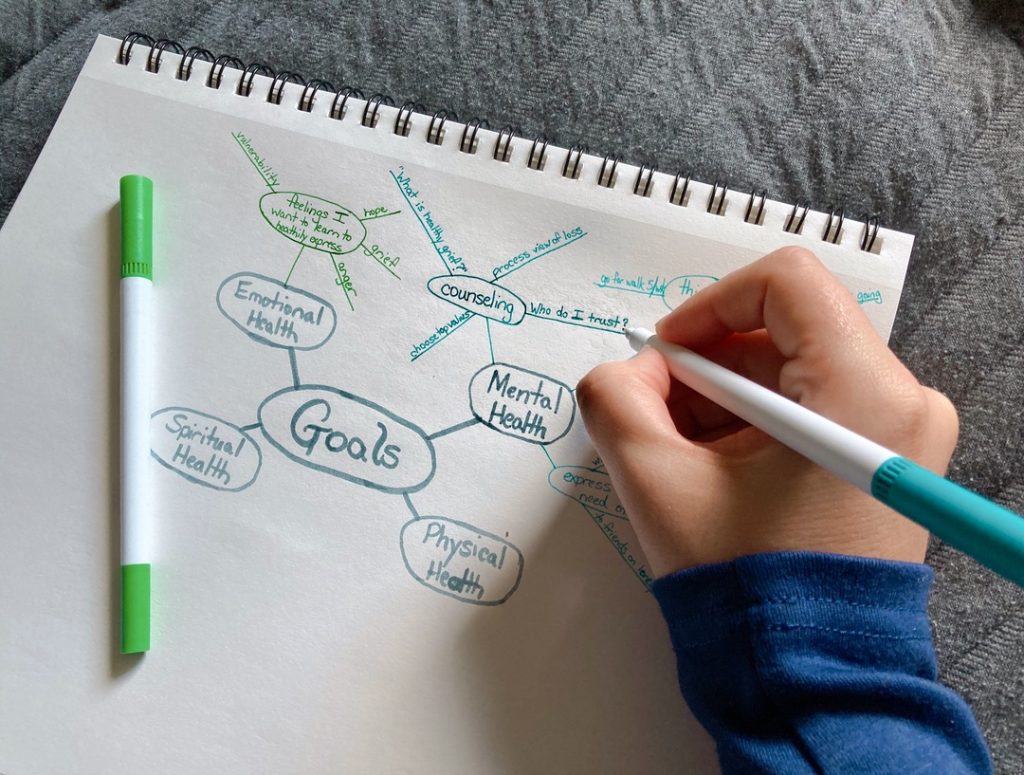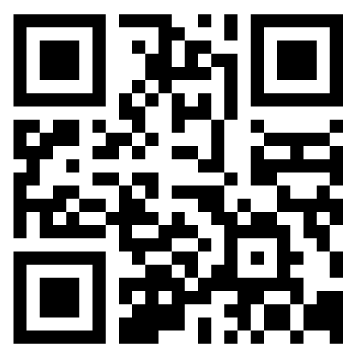It is true what they say, “You get what you focus on. So focus on what you want.” The biggest difficulty anyone would face is not being unable to focus. It isn’t even the inability to sustain focus.
The real challenge is to be able to remain focused even when there is a whole range of distractions surrounding you…
…I say, as I pick up my phone to go through the notifications that I have already seen. This is when I realized that finding it difficult to focus isn’t uncommon, and thus, isn’t something you should beat yourself up about.
But it is also exactly why you should try and be persistent in the efforts that you put in to maintain your attention on the task you are doing. Distractions are all around us.
Distractions are omnipresent, vying for what’s left of our attention, hence the onus falls on us to steer straight past, not giving in to them.
How do we remain focused in the face of a plethora of distractions? Here are some techniques to help you sustain your attention:
1. Ignore the noise surrounding you
This may seem like the worst advice, but, honestly, this has to be the truest one. Acknowledge the fact that distractions are present all around you.
They surround you and are so easy to give in to. This is all the more reason you need to ignore them. Consider everything besides your goal as noise, as irrelevant information, and try with all your might to ignore them.
People around you will talk, they’ll talk about you, how your goal may seem foolish or how you probably will fail. Pay no heed to any of this. Believe in your potential and believe only in it – in what you can do and work for it. This is the only way you can ward off any and every intrusion.
2. Refine your goal setting strategies

The key to achieving the goals you set for yourself and making sure you follow through is to be able to set goals that facilitate this. What you need to do is to refine the goals that you set.
Make sure the goals that you set are set so that they drive you to reach them. Follow these strategies when you are setting goals for yourself to make sure that they are effective.
The one thing that is important when setting goals is to make sure that the goal you set is something that you think is achievable. It is easy to get lost and set a goal so high that it becomes unattainable.
Try to be honest and realistic, take into account your capabilities, and your earlier experience, and set a goal accordingly.
Sometimes if your main goal is vague and distant, this may come in the way of your drive to achieve it. For this reason, be as specific as you can with the goals you set.
Set it to the point so you aren’t confused about where to start. You can also try setting intermediate goals for yourself that outline your journey towards your main goal.
3. Establish a daily routine – take things one day at a time
Sometimes, when you have set a goal and try to limit your focus to it, it may seem so far away. The goal appears to be so far off that you start feeling overwhelmed about getting to it and the journey of that distance that you would have to take.
Trust me, I have been there. I have had instances where I feel this weight wrapping me up from all sides, leaving me immobile on my bed. This is how I deal with it now.
I learned to establish a routine, and try my best to make sure to stick to it every day. This routine doesn’t have to be the same every day. Ensure that before you start off with a new day, you have an idea as to how to go about it.
Take things one day at a time, one planned day at a time.
Remember that the bigger picture is always overwhelming. A masterpiece of art did not just turn into that with a snap of a finger. It started with the first stroke of the brush on the canvas.
A journey of a thousand steps, too, starts off with one step. One step that is tiny, that isn’t too much, that feels attainable, and is close to you.
To attune your mind to focus on the now. Look at your immediate present, and look at what you can do now and do it best. Little by little, you are going to get there. Breathe and let this happen.
4. Categorize the things you have to do on the basis of their importance and immediacy
This is another technique to help you handle your distractions and even your task list when it seems to be extending endlessly. Sort the items on your list on the basis of how important they are and how urgent they are. Ideally, you would arrive at a 2×2 grid.
- The top left square has a list of all things important and urgent. These are the ones that you need to get done first. This square is especially for handling crises and reducing your work in the present.
- The top right square consists of all tasks that are important but not urgent. Since you have time left to get these done, you can employ strategic thinking and plan a course of action to get them done. The secret to having a smaller number of tasks in quadrant 1 is to follow through and regularly deal with tasks in the second quadrant.
- The third quadrant is for tasks that are urgent but not important. These are tasks that need not necessarily be done by you. Look for ways you can delegate the task to other related people.
- The final quadrant is for tasks that are neither important nor urgent. This is where the distractions that surround you come in, which can make you feel bad afterward about giving in to them. Minimize them and engage them in moderation.
5. Minimise your distractions
Try to deal with the distractions around you directly. No, by deal I do not mean you attend to them and let them in to distract you. I mean, try to minimize your distractions.
For instance, the biggest distraction that is in the way of a lot of adolescents is social media and the incessant amount of time spent on it. The best way to deal with this will be to minimize the usage of social media.
You can try eliminating it entirely or avoiding it altogether, but if that is something you find difficult, and don’t think is ideal for you, try cutting out social media for a short period of time. Try the same technique for any other distractions.
6. Take breaks when essential
One thing that people don’t usually understand is the importance of taking breaks and giving yourself some rest. People think that it is very impressive when a person can keep working, continuously. But, that isn’t healthy at all and, in fact, taking a break can add to your productivity a lot more than when you keep working without one.
You don’t need to keep pushing all the time. Just like a machine that overworks, you can end up breaking down too. So when you are working, make it a point to take regular breaks.
Don’t wait for your work to get suffocating in order for you to have a reason to take a break. Instead, include it in your schedule to take breaks regularly. Tiny breaks, giant breaks, whatever works for you.
Your break can either be some simple quiet time for yourself or it can include doing something that you love. Knowing when to take a break is extremely essential.
Take a break when you need one when you think you deserve it. Recharge your energy and charge at your work with renewed gusto.
7. Finally, take up yoga
If you are looking for a more permanent solution to be able to focus better on your goal and only on things that you want, you have to start practicing yoga.
Practicing yoga regularly can calm you and your senses down. You start to get a better hold over the noise inside of you and as a result, the noise surrounding you starts dimming.
Your ability to focus steadily improves as you mentally train to equip yourself to focus only on what matters to you.
You can also try different variants of yoga that include meditation practices. The entire idea behind yoga and meditation is to look for the peace within you and not rely on any external entity for it.
The more you practice, the better you are able to control your thought processes, what goes in, and what transpires. You get strong enough to regulate where your thoughts take you, minimizing your distractions and sharpening your focus.
It takes time to achieve that kind of edge, but this is the best way to improve your focus for the long run.
Conclusion
The crux of taking up any new practice and incorporating any changes in your personal functioning has to do with two P’s. Patience and persistence.
Remember that Rome was not built in a day. It takes time for great things to happen and experts do not become experts overnight. Keep in mind that you are in the process of learning, that no matter how long it has been, you will continue to be a learner.
Slowly, over time, you will learn to focus. Do not give up, for it is the fuel distractions feed off of. Acknowledge your progress no matter how indifferent they may seem to you.
And eventually, you can see your scope sharpening, narrowing from the wide expanse it earlier used to entail to a thin laser-like purview.
Related Article: Cleanse your mind and find your focus with Mindfulness





